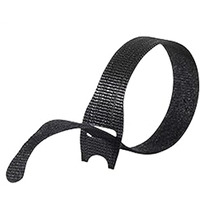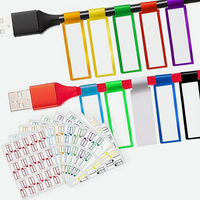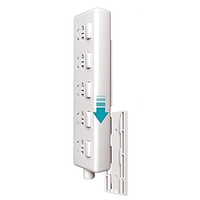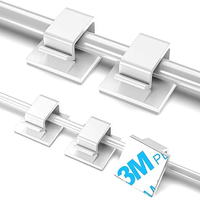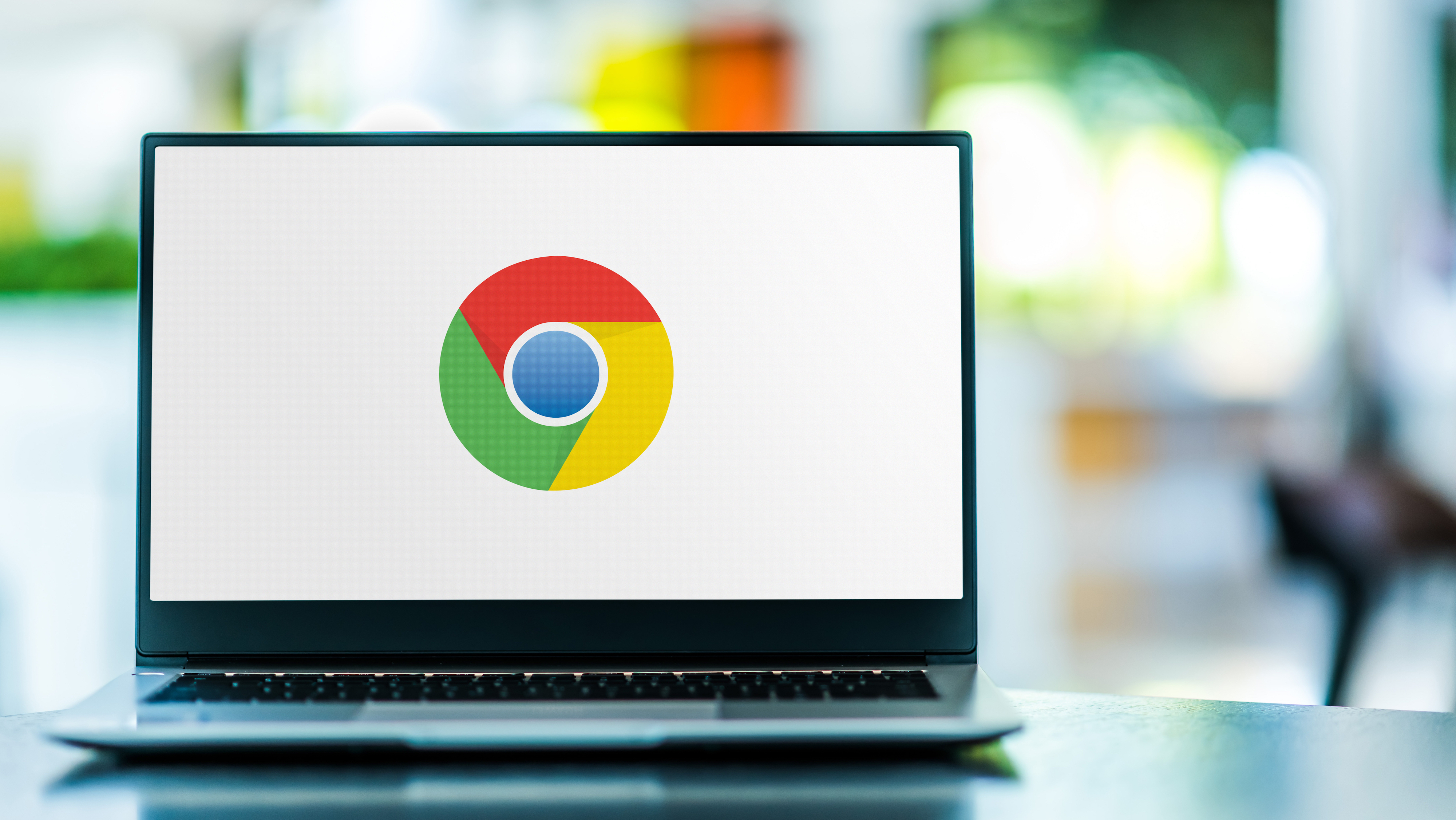7 tips and tools to achieve the ultimate cable-free desk setup
Find out how much better you'll feel when you stop staring at that mess all day
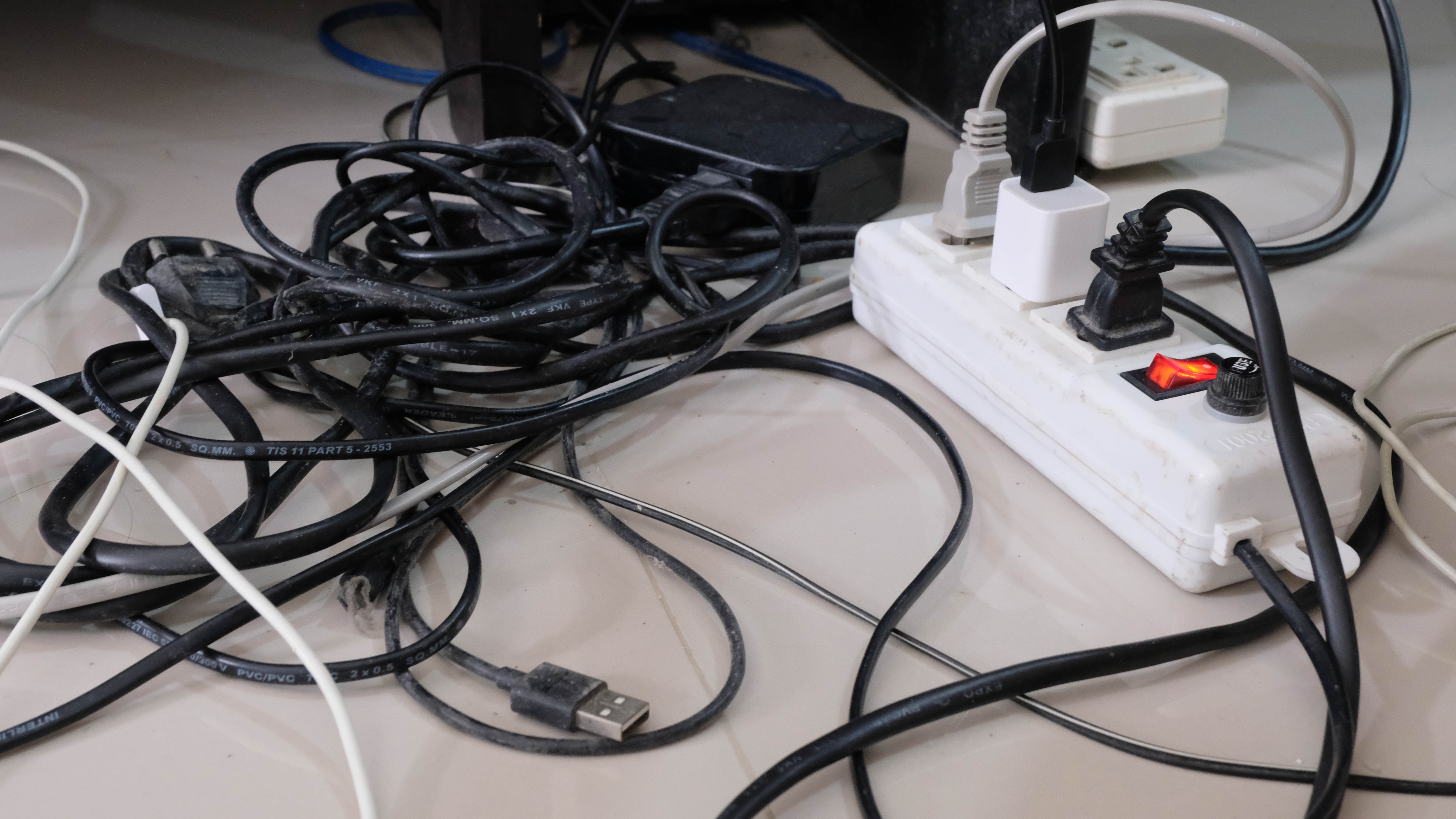
Cable management is the last thing on the minds of most, but it's a critical component of building and maintaining a desktop PC setup.
Whether you're a creative professional, a streamer, or a serious gamer, the rat's nest of cables sticking out of the back of your machine can impact everything from performance to aesthetics. Cable organization is not just a cosmetic issue — it's about optimizing your overall PC experience.
In this comprehensive guide, we'll take you through all you'll want to know about good cable management for your PC. We'll cover why it's so crucial, especially for the best gaming PCs where performance is most critical.
You'll learn how to manage cables effectively, common traps to avoid and the proper tools and accessories that make it easy. Once you've finished reading this guide, you'll have all the information you need to transform your cable mess into an organized and efficient system.
Why good cable management matters (it's not just looks)
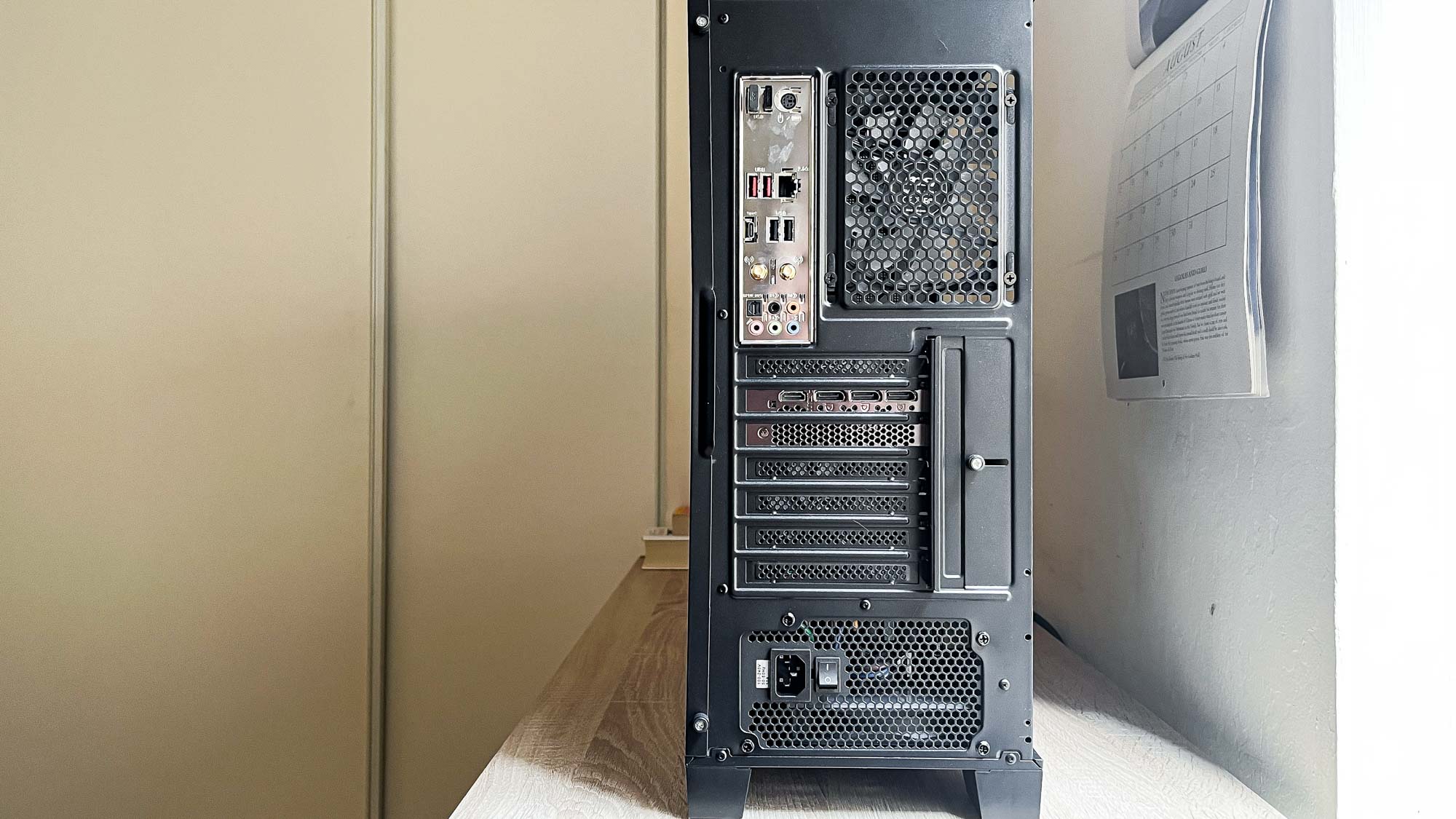
Good clean cable management is about more than just making your setup look neat; it also improves airflow around your computer components.
When cables are properly organized and your PC setup is free of dust and clutter, air can circulate freely, keeping your devices running at optimal temperatures. This is especially important for high-performance gaming rigs that generate a lot of heat during long play sessions, because it leads to better performance and longer hardware lifespan.
Good cable management also improves safety and system stability. Tangled cables can cause electromagnetic interference, leading to poor signal quality and issues like input lag or screen flickering. Disorganized cables also increase the risk of accidental disconnections, which can interrupt your session or even cause system crashes. Securing cables properly reduces wear and tear on connectors and ports, extending the life of your expensive hardware.
Sign up to get the BEST of Tom's Guide direct to your inbox.
Get instant access to breaking news, the hottest reviews, great deals and helpful tips.
And of course, having organized cables makes maintenance and upgrades much easier. When cables are neatly arranged, components are more accessible, making it easy to upgrade parts like RAM or GPUs. This also makes troubleshooting simpler – if your system has issues, a clean setup lets you quickly identify loose connections without sorting through a mess. For those who frequently modify their setups or add new components, this can save a lot of time and frustration.
7 cable management best practices to live by
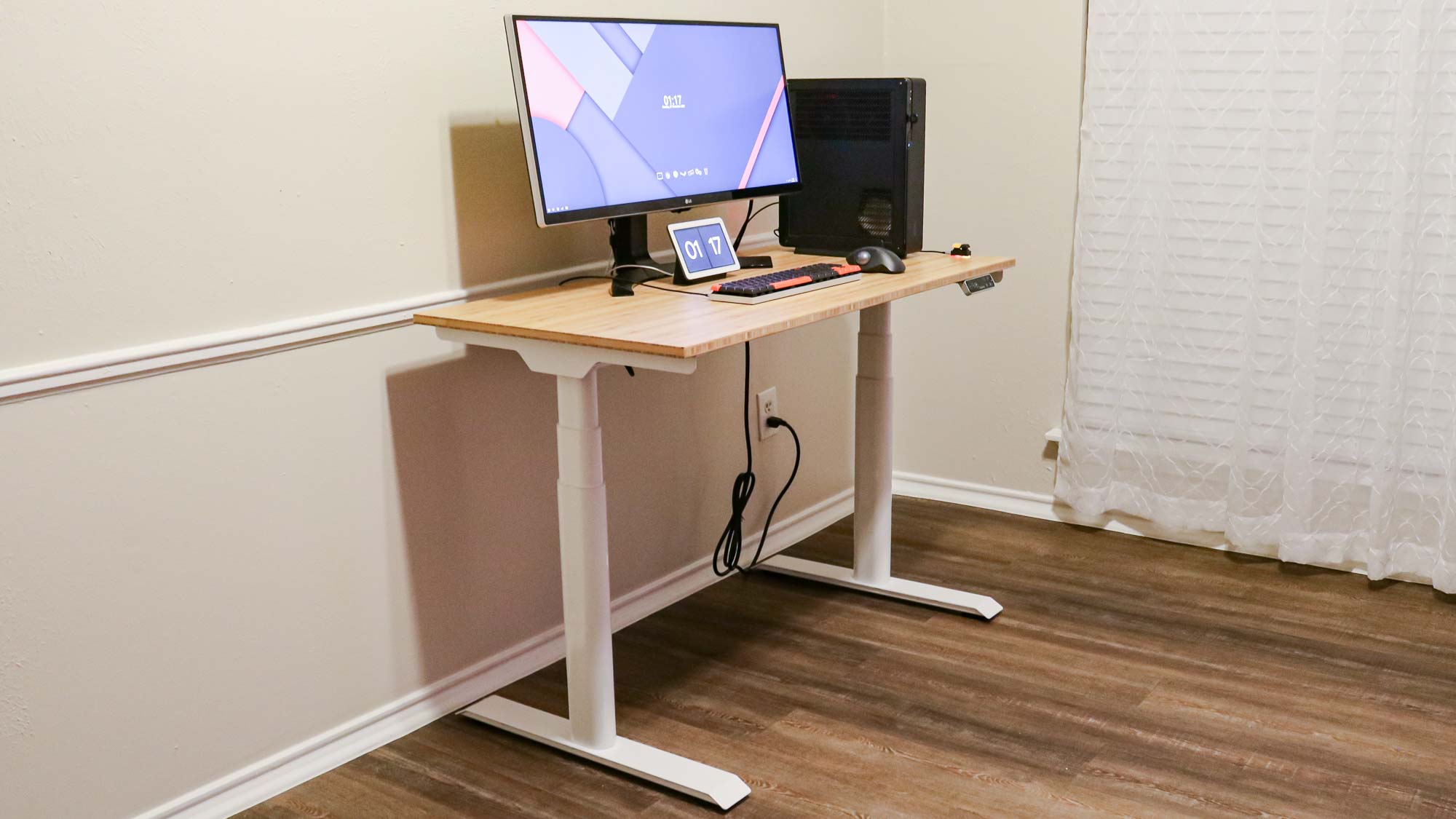
PC users often think of cable management as an afterthought, often quickly bundling wires together in a tangle or hiding them behind furniture. However, good cable organization needs careful planning.
With the right approach, you can create a system that not only looks professional but also helps improve your device's performance and lifespan.
Plan before you plug. Sit down before you plug in a single wire and plan your cable run and layout. Draw out where each component will sit and how the cables will run to reduce as many crossings and tangles as possible. Taking ten minutes to plan this out saves a lot of time and agony later, particularly for complicated setups with many peripherals.
Choose the right cable lengths. The most common cause of cable clutter is working with cables that are longer than necessary for your configuration. Purchase cables of the right length for your specific configuration to avoid unnecessary wire that has to be wrapped or routed. Where it is not possible to get cables of special lengths, use cable ties to contain the excess length without creating unsightly loops.
Need some cable ties to wrangle that cluttered desk? This pack of 100 Velcro-branded cable ties will help. They're reusable and stick to themselves, so it's easy to wrap them around cables and tuck the excess bits out of sight.
Route cables behind the motherboard tray. Most new PC cases include cable routing spaces behind the motherboard tray. Use these spaces to route power, data, and peripheral cables out of the main compartment where they could block airflow. This gives your setup a cleaner look and better thermal performance.
Space out power and data cables. Side-by-side data cables and power cables create electromagnetic interference and lower signal quality. Cross them perpendicularly if they have to cross, with power cables leading away from sensitive data cables such as HDMI or DisplayPort.
Use cable ties judiciously. Securing cables with zip ties or velcro straps, make sure that they are tightened enough to hold cables but not so tight that they kink or harm the wires. Use ties at regular intervals on cable bundles and always trim zip tie length for a neater look. Velcro ties are better suited for connections that you may need to re-tighten more often.
You can use whatever sort of label you want to organize your cables, but these have the advantage of having a small box you can write (or print) on so you can see at a glance what each cable is.
Label your cables. In more complex configurations, labeling cables at both ends makes future troubleshooting easier. Color-coded labels or stickers can be employed to quickly tell different cable types (power, HDMI, USB, etc.) apart without needing to trace each one from source to destination. This little habit can save you hours of repair or reconfiguration time for your system.
Design access points for maintenance. When you're designing your cable management system, consider where you will access components for future repairs or upgrade. Leave some slack at connection points and avoid cable routing that would require complete disassembly to replace one component. Ahead-of-time planning makes maintenance much less time consuming.
7 tools and accessories for more efficient cable management
The right tools and accessories can turn a messy cable situation into a neat and organized setup with little effort. These specialized products are designed to help you route, secure, and hide cables effectively, making your cable management project much easier.
Cable sleeves/socks: These flexible tubes let you bundle multiple cables together, creating a single, easy-to-manage unit instead of many individual wires. They protect against wear and tear while keeping things looking neat, with many versions allowing cables to enter or exit anywhere along the sleeve for maximum flexibility.
A good cable sleeve helps organize your cables while keeping them hidden, and if you get one in a color that matches your desk it all looks nice to boot. This pack comes with two 5-foot white cable sleeve covers, but there are lots of other options on Amazon.
Cable management boxes: These can hide power strips, adapters, and excess cable length in an attractive case that keeps everything dust-free and contained. They provide plenty of space for organizing any area by hiding tangled cables under television sets or computer desks, with room to hold both wide and long surge protectors.
Cable management spines: Vertebra-like organizers that extend or contract without kinking or harming wires, making them perfect for height-adjustable sit-stand desks. Their multi-channel system lets you separate and organize different types of cables where needed, keeping things looking neat while hiding computer cables inside a flexible column.
Velcro straps and cable ties: These simple but effective tools help bundle cables together and secure them in place without causing damage. Velcro wraps are particularly useful for connections you might need to adjust frequently, as they can be easily undone and reapplied without wasting disposable zip ties.
Again, you can use whatever you like to clip your cables into place, but this pack of 100 adhesive cable clips gives you plenty of small and large clips for not much money.
Cable clips and management clips: Small adhesive holders attached to your desk or wall, allowing you to route individual cables or small bundles along specific paths. Some versions can create a pulley system for headset cables, while wider versions can manage multiple cables along corners to prevent drooping and keep things looking neat.
Cable raceways: Cable raceways mount under your desk or along walls to completely conceal and route multiple cables. They provide a professional-looking solution that keeps cables hidden from view while protecting them from damage, and many feature easy-access designs that let you add or remove cables without dismantling the entire system.
Cable labels: Labels can be attached to both ends of your cables, making it easy to identify which cable connects to which device. They're particularly valuable in complex setups with many similar-looking cables, saving considerable time during troubleshooting or when reconfiguring your system.
You can use whatever you like to hold your power strips in place, but these have adhesive strips you can use to place them without screws, nails or duct tape. You get 10 in the box, too.
Power strip holders: These adjustable mounts attach to your desk and hold power strips securely in place, preventing them from sliding around or falling. They keep outlets accessible while managing power cords, reducing tripping hazards and protecting desktop surfaces from scratches with integrated EVA foam pads.
Does cable management really affect performance?
Cable management has a modest but significant impact on PC performance, mainly in the way it affects thermal management.
Properly organized cables enhance airflow inside the case, allowing cool air to circulate freely around critical components like the CPU and GPU. This helps regulate temperatures more effectively, preventing thermal throttling and maintaining peak performance for longer periods, especially during intensive gaming sessions or heavy computational tasks.
Proper cable management also prevents electromagnetic interference (EMI) between power and data cables, which is crucial for gaming setups. Disorganized cables can cause signal degradation, leading to performance issues like lag, screen flickering, or unstable connections during high-speed gaming scenarios.
Well-managed cables facilitate faster and more reliable data transfers by preventing data bottlenecks, making a noticeable difference in competitive gaming where millisecond advantages matter.
Moreover, cable management indirectly affects performance by ensuring system stability and longevity. Properly secured cables are less likely to come accidentally disconnected during use, preventing unexpected crashes or shutdowns that could interrupt your work or gaming.
Organized cables also experience less physical stress from bending, twisting, or pinching, extending their lifespan and maintaining connection quality over time. All of this ensures that your system remains reliable during intensive usage scenarios, avoiding connection failures or component damage from poor cable routing.
For all these reasons it's well worth taking some time to organize your cables and tuck them away neatly out of view. Plus, you get a much nicer-looking desk that you'll be more happy to use in work and play.
More from Tom's Guide
Ritoban Mukherjee is a freelance journalist from West Bengal, India whose work on cloud storage, web hosting, and a range of other topics has been published on Tom's Guide, TechRadar, Creative Bloq, IT Pro, Gizmodo, Medium, and Mental Floss.
You must confirm your public display name before commenting
Please logout and then login again, you will then be prompted to enter your display name.
